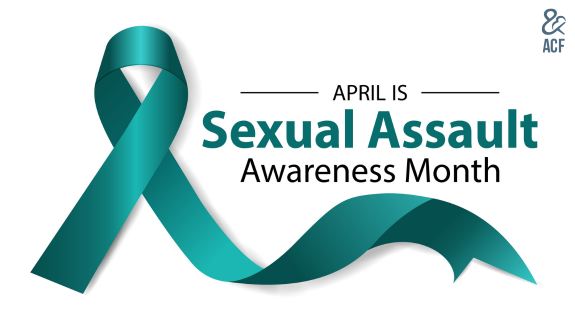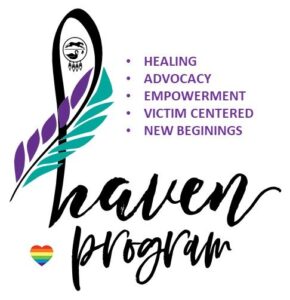April is Sexual Assault Awareness Month
History of Sexual Assault Awareness Month from the National Sexual Violence Resource Center
April 2025 marks the official 24th anniversary of NSVRC’s Sexual Assault Awareness Month — but did you know we can trace its history even longer?
Even before its official declaration, SAAM was about both awareness and prevention of sexual assault, harassment, and abuse. Looking at the history of the movement to end sexual violence, it’s clear why: It’s impossible to prevent an issue no one knows about, and it’s difficult to make people aware of a problem without providing a solution. The two work in tandem, and they always have. From the civil rights movement to the founding of the first rape crisis centers to national legislation and beyond, the roots of SAAM run deep.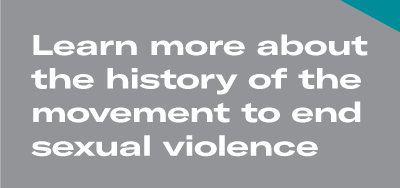

Roots of the Movement
As long as there have been people who care about making the world a better place, there have been individuals advocating for sexual assault prevention. In the United States, movements for social change and equality began to gain traction in the 1940s and 50s with the civil rights era. Although open discussion of the realities of sexual assault and domestic violence were limited at these times, activists for equal rights began to challenge the status quo.
Efforts during this time were championed by Black women and women of color. Advocates like Rosa Parks worked at the intersections of race-based and gender-based violence (a framework that years later in 1989, advocate and professor Kimberlé Crenshaw would call “intersectionality”).
Wide social activism around the issue of sexual assault continued into the 1970s, bringing with it support for survivors and heightened awareness. The first rape crisis center was founded in San Francisco in 1971, the same city where the first U.S. Take Back the Night event was held seven years later.
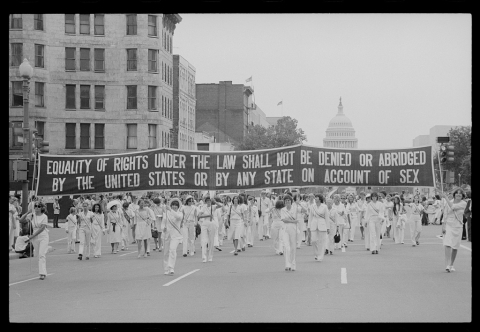 Women’s Equal Rights Parade, 1977 (Library of Congress)
Women’s Equal Rights Parade, 1977 (Library of Congress)The following decades mobilized survivors and advocates to call for legislation and funding that would support survivors, such as the Violence Against Women Act of 1993 (VAWA).
Monumental changes like VAWA demonstrated that national efforts promoting sexual violence prevention were needed. Even before SAAM was first nationally observed in 2001, advocates had been holding events, marches, and observances related to sexual violence during the month of April, sometimes during a week-long “Sexual Assault Awareness Week.”
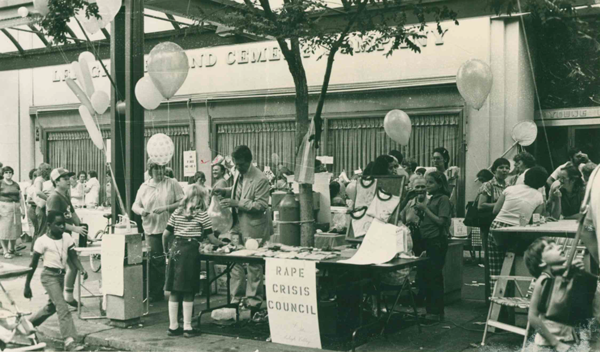 The Rape Crisis Council for the Lehigh Valley holds an event, 1980
The Rape Crisis Council for the Lehigh Valley holds an event, 1980Please help HAVEN Program continue the work of bringing awareness to the ongoing issue of Sexual Assault during the month of April.
Walk the track at the Wellness Center to read the informational posters regarding the importance of consent, how you can help a friend who has survived a sexual assault and what to expect when initiating HAVEN services.
HAVEN will also be hosting “Rock the Silence” , an opportunity to support survivors and bring awareness to SA by painting a rock to be displayed on the sidewalk of the Charles Enyart building this month. Rocks and supplies will be made available in each building as well as the ESTOO Library and AOA. Look for info coming soon!
Denim Day, the longest SA Awareness campaign in history, is April 30th. Please consider posting a photo on social media wearing denim in support of survivors.
Your participation in these simple activities can make a difference. Each activity brings awareness and education to our community, the first step in preventing future abuse!
Thank you for your participation.
WE BELIEVE YOU!
HAVEN ADVOCATES ARE HERE TO HELP!
Full Article:
